Nationwide Inventory of Intangible Cultural Heritage
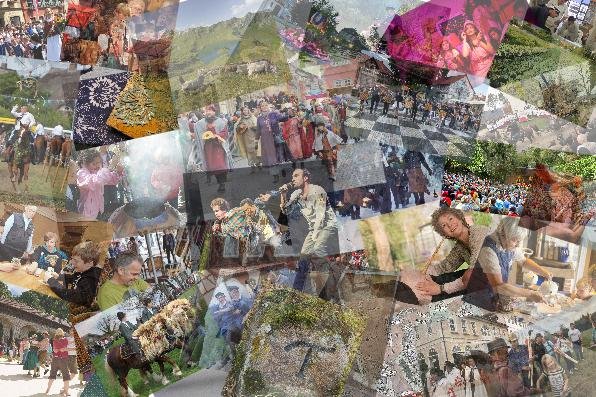
The Nationwide Inventory of Intangible Cultural Heritage illustrates which living cultural traditions and expressions are practiced and transmitted in Germany. It recognizes creative and diverse cultural expressions and their wealth of traditional knowledge.
There are currently 131 elements inscribed on the Nationwide Inventory of Intangible Cultural Heritage: 117 cultural practices and expressions, and 14 examples of good safeguarding practices (National Register of Good Safeguarding Practices).
The nationwide inventory continuously develops through a multi-level process by the German Commission for UNESCO and various German state actors. The cultural expressions included in the inventory as well as their bearers exemplify the creativity, spirit of innovation, dynamics and knowledge of the society in Germany. It is not about elements of "German heritage" but it rather exemplifies lively cultural traditions and forms of diverse cultural expressions that are practiced in Germany.
Attention should be given to the safeguarding, continuation and dynamic development of living traditions practiced by groups and communities in Germany today.
Practices
Music and Performing Arts
The variety of dance, theater, music, (body) language and similar practices as bearers of intangible heritage promotes awareness of human creativity and cultural diversity. These practices adapt to society's development and include improvisation and artistic creativity. Furthermore, they contribute to the appreciation of the importance of intangible cultural heritage.

Choir Music in German Amateur Choirs
Choral Singing
Demoscene – Culture of Digital Real-Time Animations
Folk Dance Movement in all its Regional Variations in Germany
Kasper theatre (German equivalent of Punch and Judy) as a play principle
Low German Theatre
Modern Dance - Styles and Ways of Imparting Rhythm and Free Dance Movement
Non-Professional Instrumental Music-Making
Organ Construction and Organ Music
Paper Theatre
Poetry-Slam in German-Speaking Regions
Regional Diversity of Dialect Theatre in Germany
Saxon Boy’s Choirs
Singing the Songs of the German Labour Movement
Theatres and Orchestras in Germany and Their Socio-Cultural Spaces
Trombone Choirs
Two-Rhythm Dance
Customs and Festive Events Throughout the Year
In many cases, customs, rituals and festivals are celebrated on fixed dates or seasons. They bring people together and are based on civil society initatives. Furthermore, they promote feelings of identity and continuity. They adapt to society's changes and continously evolve.
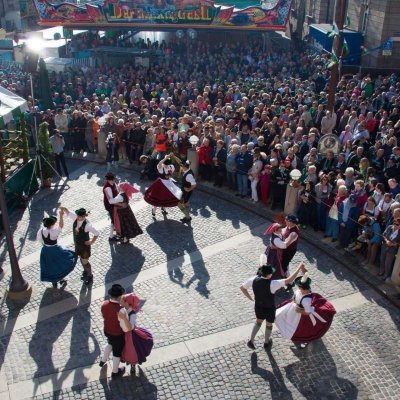
Barrel Hitting
Biike Burning
Candlemas in Spergau
Carolling
Carriage Rides for Saint Leonhard of Noblac in Bad Tölz
Children’s Festival in Barth
Easter-Wheel-Run in Luegde
Eisenach's Summer Gain
Finch Manoeuvre in Harz
Forst’s Twitthimble-Game
Grand Peace Festival of Augsburg
Heiligenstadt’s Palm Sunday Procession
Historical Documentary Play “Landshut Wedding of 1475“
Historical Play „The Children’s Feast“ (Kinderzeche) in Dinkelsbühl
Historical Play “The Master Draught” in Rothenburg ob der Tauber
Honorable Court of Fools in Grosselfingen
Lime Tree Fair Limmersdorf
Malchow Folk Fair
Miners' Parades and Processions in Saxony
Peace Festivals of Sennfeld and Gochsheim
Peter-and-Paul-Festival in Bretten
Saint George Ride and Historical Sword Dance in Traunstein
Social Customs and Festivals of the Lusatian Sorbs over the Course of a Year
Swabian-Alemannic Carnival
The Citizens’ Sons’ Parade to Lingen "The Kivelinge" from 1372
The Culture of Nativity Sets in Marktredwitz
The “Dragon Stab“ of Furth in the Forest
The Forest Festival of Kamenz
The Grasedanz
The Passion Play of Oberammergau
The “Rhineland Carnival” in all its Local Variants
The Tradition of the "Martensmann"
Traditional Funfair of Fuerth ("Kaerwa")
Willibaldsritt in Jesenwang
Wunsiedel’s Fountain Festival
Humanity and Nature
Intangible heritage includes as well knowledge and customs concerning nature and the universe. They include diverse aspects of ecological, economical and social sustainability such as dealing with environmental awareness and animal ethics. This especially concerns the relationship between humanity and nature, which is why the communities constantly evolve their cultural heritage.
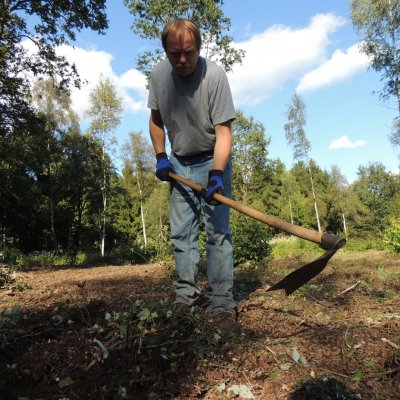
Artisan Cidermaking
Breeding Trakehner Horses
Cemetery Culture in Germany
Falconry
Hauberg Management in Siegerland and Adjacent regions
Innercity Horticulture in Bamberg
Kneippism – Traditional Knowledge and Practice According to Sebastian Kneipp
Meadow Irrigation in the Queichwiesen Between Landau and Germersheim
Orchard Cultivation
Palatinate Forest Hut Culture
Planting and Care of Pleached Hedges
The Tradition of The Shepherd's Run and Shepherd's Trade Market in Markgroeningen, Bad Urach and Wildberg
South German Nomadic Sheep Farming and Herding
Traditional Carp Pond Culture in Bavaria
Traditional Meadow Irrigation in Franconia
Traditional River Fishing at the River Sieg’s Mouth into the Rhine
Transmission of Knowledge and Skills Regarding Carrier Pigeons
Tree Fields Agriculture and Production of Dried Fruits
Wine Culture in Germany
Traditional Craftsmanship
Craftsmanship and handicraft are diverse and based on long traditions. Its bearers pass on their knowledge to the younger generations through theory and practice. They contribute to cultural diversity and human creativity. The use of crafts usually depends on tools and material ressources. In doing so, they continously evolve the material cultural heritage of their community as well.
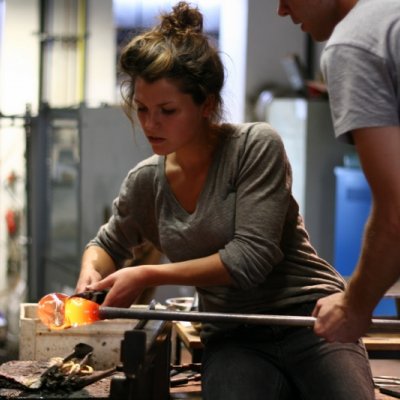
Artistic Printing Techniques of Relief, Gravure, Planographic, Pressure Printing and Their Mixed Forms
Bobbin-Lace Making in the Upper Palatine Forest
Bookbinding
Charcoal Burner's Craft and Tar Distillery
Craft Beer Brewing
German Bread Culture
Hessian Scratching Finery
Indigo Blue Dying
Manual Production of Mouth-Blown Hollow and Flat Glass
Painting, Setting and Gilding Techniques of Church Painters
Pottery Tradition of Westerwald’s Stoneware in Höhr-Grenzhausen and Breitscheid
Porcelain Painting
Preparation and Application of Traditional Lime Mortar
Preservation and Use of Maritime Boats called “Zeesboote” in the Western Pomerania Lagoon Area of Mecklenburg-West Pomerania
Thatcher's Craft
The Production of Hand-Blown Glass Tree Ornaments in Lauscha
Timber Rafting
Traditional Manufacturing of Darss Doors
Traditional Milling in Wind or Water Mills
Turnery - Traditional Technique of Mechanical Material Processing Based on Rotating Workpieces
Vogtland Musical Instrument Construction in Markneukirchen and the Surrounding Area
Watchmaking
Weaving Craftsmanship
Transmission and Traditions in Community Life
Intangible heritage strengthens the social cohesion by bringing together people who self organise and participate together in intangible practices. They are expressions of human creativity and cultural diversity and impart a sense of identity. The communities continously evolve their practices by interacting with their history and environment
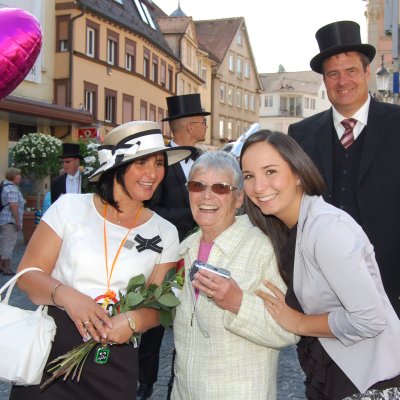
Age Comrades' Festivities in Schwaebisch Gmuend
Chess Tradition in Ströbeck
Community-Oriented Sports Club Culture
Cultural Forms of Communal Forest Management in the Steigerwald and Neighbouring Regions
Dealing with the Pied Piper of Hameln
East Frisian Tea Culture
German Sign Language – DGS
Heligoland‘s Steamboat Service
Honorary Land Surveying in Bavaria
Journeymen's Wanderings on the Road
Marksmanship in Germany
Midwifery
Morse Telegraphy
Playing Skat
Raffle of Osing
Ring Riding
Salt Panners’ Fraternity in the Valley of Halle
Telling Fairy Tales
The Idea and Practice of Art Associations
The Idea and Practice of Cooperatives
The Traditions of Schwörtage in the Former Free Cities
The Upper Palatinate Culture of Zoiglbeer
Use and Transmission of Braille in Germany
Projects of Good Safeguarding Practices
The National Register of Good Safeguarding Practices shows succesful and innovative programs and projects, that especially comply with the foundations and goals of the 2003 Convention for the Safeguarding of the Intangible Cultural Heritage. The register promotes sustainable practices that safeguard, develop and evolve intangible heritage. The model programs and projects are examples of effective safeguarding measures of intangible cultural heritage and are intended to stimulate others.
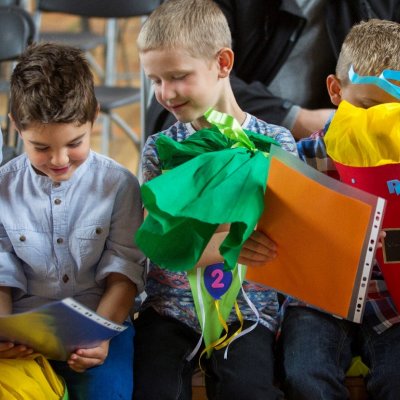
Allgäu’s High Alpine Agriculture in Bad Hindelang
Construction Workshops (called “Bauhütten”) – Transmission, Documentation, Preservation and Fostering of Craft Techniques and Knowledge
Manufactory Production and Design of Jewellery
Non-Professional Music-Making in Baden-Württemberg
Preservation and Fostering of the Culture, Diversity and Quality of Regional Specialties in Upper Franconia
Research and Documentation of Cadastral Sections’ and House Names in Bavaria
Revitalisation of Playing the Diatonic Accordion in Mecklenburg-Vorpommern
Revitalisation of Synagogal Choral Music of the 19th and 20th Centuries in Central and Eastern Europe
Safeguarding the Building Craft Practice of the Jurahäuser in the Altmühljura Region
The Diversity of Legend Telling in Mecklenburg-West Pomerania
The German-Danish Minority Model in the Borderland
The "Pentecostal dance" as the Basis of Communal Development in the Association of Municipalities Mansfelder Grund-Helbra
The Trade of Paving: Passing-on, Maintaining and Promoting Knowledge and Techniques
The World Dance Program

